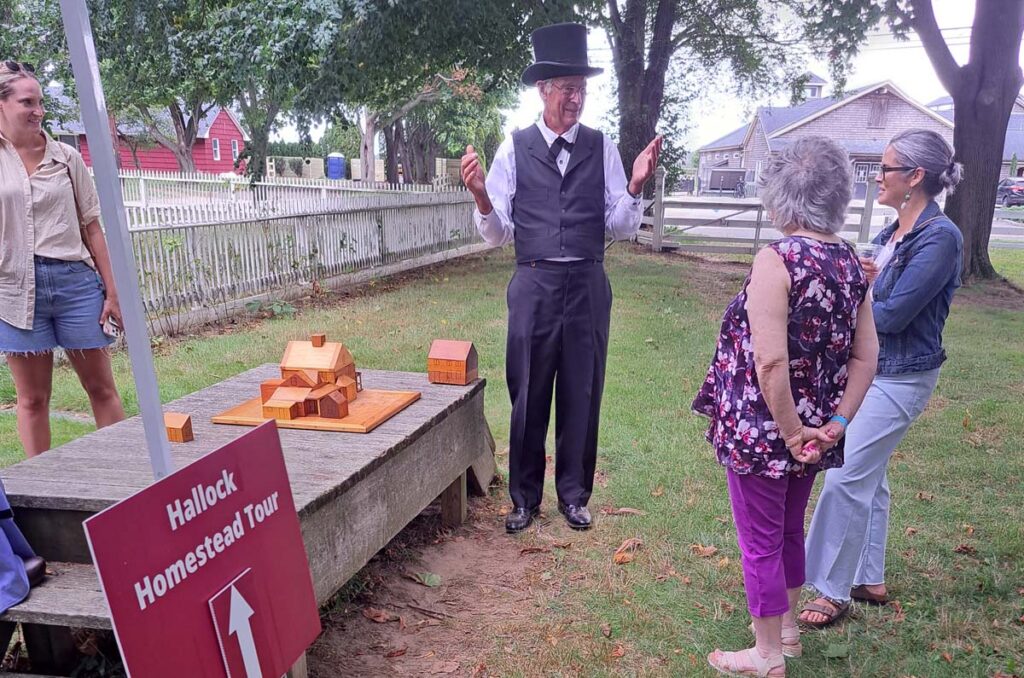Little-known story of Black Riverhead WWII soldier uncovered

Years ago, James Pratt became fascinated with the history of the 366th Infantry Regiment—one soldier in particular—and began collecting as much information about the unit as he could. He knew it was a segregated, all-Black U.S. Army unit headed by Black officers which served during World War I in France and World War II in Italy.
Much of his interest was sparked by his own father, Charles Pratt, who had been an officer in that regiment.
“I knew very little about this unit, and my father never spoke to me about his own experiences,” said Mr. Pratt, a retired math and statistics professor at Cornell University who lives upstate in Groton, N.Y. “I had to go and find it out myself.”
Mr. Pratt’s years of research produced a North Fork story, about a Black soldier born in Manorville who spent his early years in Riverhead. His name was Malcolm A. Hinksman. He was born in 1920, enlisted — or was drafted, it’s not clear — after World War II broke out and died in an accident in 1944 while stationed at an air base in Italy.
“He called us asking if we knew where Malcolm Hinksman was buried,” said Wendy Polhemus Annibell, head librarian at the Suffolk County Historical Society in Riverhead. “We were very interested and began doing our own research. He wanted a picture of the gravestone.”
Mr. Pratt’s research, which has been donated to the historical society, indicated that the burial was somewhere in Westhampton. “There are several cemeteries over there,” Ms. Polhemus Annibell said. “I wanted to find the right one. One day someone from the Westhampton Historical Society walked in the library to do some research. I told him what I was looking for.
“I showed him what he had given us so far,” she added. “He said he would go look. The very next day he said he found it. The burial is at the Westhampton Cemetery on Station Road. He took pictures for me, which I sent along.”
Ms. Polhemus Annibell said historic information on Mr. Hinksman’s early years in and around Riverhead is scant. She said he grew up in a house on Maple Avenue. In 2011, Maple Avenue, a street of several blocks that runs between East Main Street and Northville Turnpike, was renamed in honor of Garfield Langhorn, a Riverhead man who was killed in Vietnam in 1969 and received a posthumous Medal of Honor. There is no known photograph of Mr. Hinksman, according to several people.
In a phone interview from his upstate home, Mr. Pratt said that what he knew about Mr. Hinksman was limited to a small newspaper story about his death and a few other scraps he’d collected. He said Mr. Hinksman was with his unit at a small airfield in Italy as Allied armies advanced north, fighting Axis troops the whole way.
“His unit was detailed to provide security at the airfield,” he said. “That is what he was involved with when he died in an accident. My father was also in the 366th, and he saw combat. But he never talked about it.”
Mr. Pratt’s research shows the 366th was formed before World War I. Soldiers with the regiment — who were listed as “colored” in official records — fought in trenches alongside French soldiers because American troops didn’t want “colored” troops with them, but the French didn’t care.
The unit during World War II was known for having all Black officers, which was very rare in the segregated U.S. Army at that time. President Harry Truman integrated the armed forces in 1948.
A May 16, 1944, newspaper account in a Riverhead newspaper shows Mr. Hinksman, 22, died in Italy but provided no details. The three-paragraph account said Mr. Hinksman was a member of Riverhead’s First Baptist Church and had served overseas for three months prior to his death.
Riverhead historian Richard Wines first heard about Mr. Hinksman when he visited the Suffolk County Historical Society and heard the story. He has since done his own research.
“We know he was born in Manorville,” he said. “Census records show when he was 10 he was living in Riverside as a boarder. By the 1940 census, he was on Maple Avenue in Riverhead in a house near the railroad tracks.”
Mr. Wines’ research identifies Mr. Hinksman’s mother as Mildred Hinksman. She worked as a servant in the Rodgers household in Westhampton in 1930. She was born in Virginia. In all likelihood, she came north in the Great Migration of Black Southerners who set out to start new lives.
Internet records show the 366th Infantry suffered more than 1,300 casualties — a third of the entire regiment. One account said the unit was disbanded in 1945 and its members sent home. When they arrived, they were loaded onto buses and ordered to sit in the rear seats while the front seats were reserved for German prisoners of war still in U.S. custody.
Mr. Pratt’s father, Charles Pratt, graduated from law school in Michigan and was practicing law at the time he enlisted in the 366th. The regiment was noteworthy for the number of well-educated troops. Charles Pratt returned after the war to practice law.
Recently, James Pratt said, the courthouse in Kalamazoo, Mich., was renamed for his father, who became the first black chief justice elected in the county. Another distinguished veteran of the 366th was former U.S. senator Edward Brooke of Massachusetts, who died in 2015.
“One member, John Fox, was posthumously awarded the Medal of Honor for his actions in a battle in Italy,” Mr. Pratt said. “So many of those who were lucky to come home distinguished themselves.”








